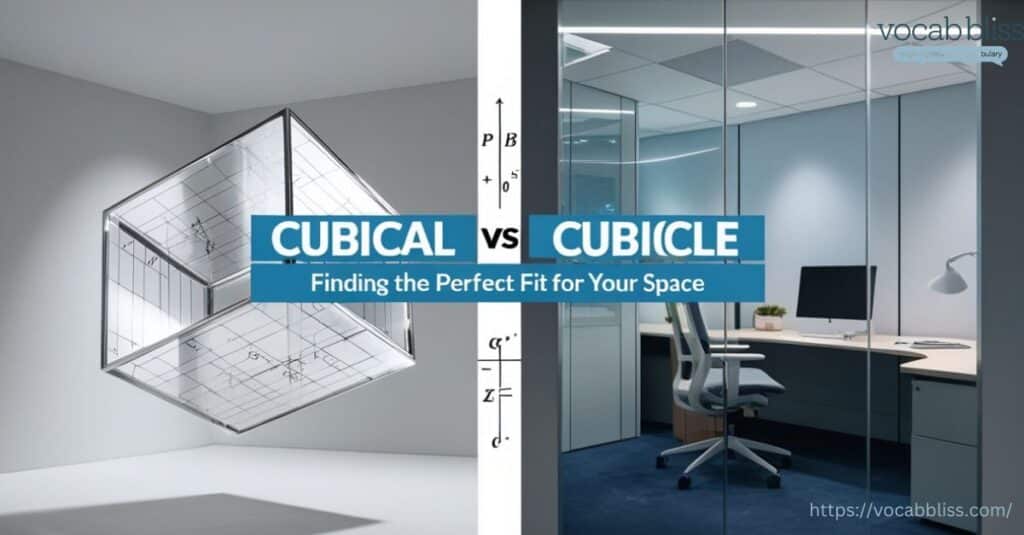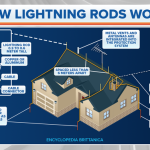When writing or speaking, the choice between “Cubical vs Cubicle” can make a surprising difference. These two similar-looking words are often confused, but their meanings and applications are distinct. Whether you’re discussing office spaces or geometric shapes, knowing when to use cubical vs cubicle ensures clarity in communication. This in-depth guide explores the differences, definitions, and practical examples of these terms to help you avoid common mistakes.
Quick Summary
The words “cubical vs cubicle“ may sound similar, but their meanings and usage differ significantly. “Cubical” is an adjective describing objects with cube-like shapes or properties, often used in geometry, architecture, and design contexts. In contrast, “cubicle” is a noun referring to small, enclosed spaces like office workstations, restroom stalls, or fitting rooms. While “cubical” focuses on dimensions and forms, “cubicle” emphasizes functionality and privacy. Understanding these distinctions helps avoid common confusion and ensures precise communication in both professional and everyday scenarios.
Defining cubical vs cubicle: What’s the Difference?
At first glance, “cubical or cubicle“ might appear interchangeable. However, their meanings, usage, and contexts are vastly different. Let’s break them down to understand their unique roles in the English language.
What Does Cubical Mean?
The term “cubical” is an adjective used to describe something that resembles a cube or relates to cubes. A cube is a three-dimensional geometric shape with six equal square faces, twelve edges, and eight vertices. The Latin term “cubus,” meaning “cube,” roots the word “cubical,” which has been used in mathematical, scientific, and design contexts for centuries.
Definition of Cubical:
- Cubical describes anything that is cube-shaped or has the characteristics of a cube.
- It is often used in technical, architectural, and geometric discussions.
Origins and Usage:
- Origins: The word cubical stems from Latin and has been in use since the 17th century, primarily in geometry and design.
- Usage: It appears in contexts like 3D modeling, architectural blueprints, and descriptions of symmetrical objects.
Examples of Cubical in Geometric and Mathematical Contexts:
- In geometry, cubical structures often serve as foundational shapes due to their simplicity and symmetry.
- Cubical grids are commonly used in computer graphics to model three-dimensional spaces.
- Cubical symmetry plays a key role in crystallography, describing atomic arrangements in minerals.
Pronunciation Guide:
Cubical is pronounced as:
/ˈkjuː.bɪ.kəl/
Breaking it down:
- “Cu” as in “cue.”
- “bi” with a short “i” sound like “bit.”
- “cal” pronounced like “kul.”
What Does Cubicle Mean?
Unlike “cubical,” the word “cubicle” is a noun. It refers to a small, enclosed, and often partitioned space designed for individual use.People most commonly associate the term cubicle with workplace environments, such as offices where employees have their own private workspaces. However, they also use it for personal enclosures in restrooms, fitting rooms, and other areas requiring privacy.
Definition of Cubicle:
- A cubicle is a small partitioned area that people typically use for work or personal privacy within a larger space.
Origins and Common Associations:
- Origins: The word cubicle derives from the Latin term cubiculum, meaning “bedroom” or “a small space for reclining.” Over time, its usage expanded to include office partitions and other enclosed spaces.
- Associations:In modern contexts, people widely recognize the term “cubicle” in workplace and architectural language, symbolizing practicality and efficiency in space management.
Examples of Cubicle in Everyday Contexts:
- Office Spaces: Open-plan offices often include cubicles to balance privacy with collaboration.
- Restrooms: Public restrooms typically have cubicles to provide individual privacy.
- Changing Rooms: Retail stores use cubicles in fitting rooms to offer private spaces for trying on clothes.
Pronunciation Guide:
Cubicle is pronounced as:
/ˈkjuː.bɪ.kəl/
Breaking it down:
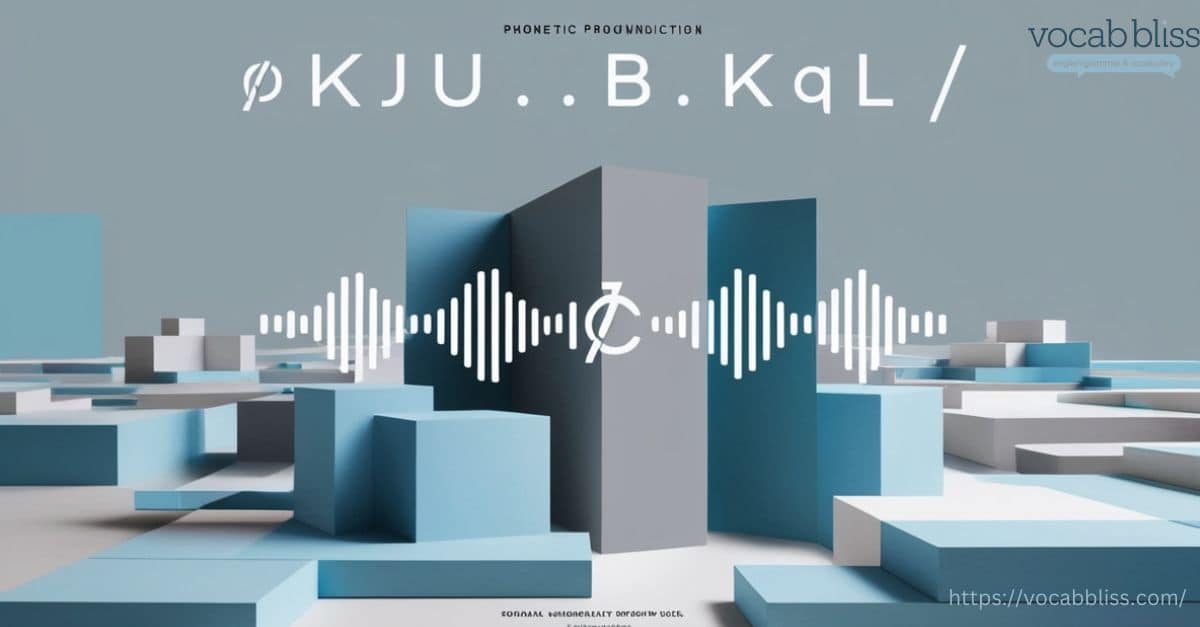
- “Cu” as in “cue.”
- “bi” with a short “i” sound like “bit.”
- “cle” pronounced like “kul.”
By understanding these definitions and origins, you can see how “cubical” relates to shapes and geometry, while “cubicle” focuses on practical, partitioned spaces. Both words serve specific purposes in language and design, and knowing their distinctions is key to using them effectively.
Key Differences Between cubical vs cubicle
Although “cubicle vs cubical” may seem interchangeable at a glance, their meanings, grammatical roles, and contexts set them apart. Let’s explore these differences in detail.
Parts of Speech
The most fundamental distinction between these two words lies in their grammatical roles:
- “Cubical”: This is an adjective, meaning it describes or modifies nouns. It’s used to explain the shape or properties of something resembling a cube. For example:
- “The building had a cubical layout.”
- “He studied the cubical properties of the material.”
- “Cubicle”: This is a noun, referring to a small, enclosed area. It typically describes partitioned spaces in offices, restrooms, or changing rooms. For example:
- “Each employee has their own cubicle in the office.”
- “The restroom cubicle doors were recently repainted.”
In summary, use “cubical” when describing shapes and “cubicle” when naming specific enclosed spaces.
Function and Context
The functions of these words differ significantly, depending on their use and the settings where they apply.
How Cubical Relates to Shapes and Dimensions
“Cubical” is primarily associated with:
- Geometric Shapes: Referring to objects that are cube-shaped or related to cubic dimensions.
- Mathematics: Describing properties, equations, or spaces in three dimensions, such as cubical volumes or grids.
- Architecture and Design: Highlighting symmetry and clean, cubic lines in structures.
Example:
- “The cubical symmetry of the molecular structure was a key discovery.”
How Cubicle Relates to Enclosed Spaces
“Cubicle” is commonly used in contexts like:
- Office Spaces: Small partitions that provide employees with private work areas.
- Restrooms: Individual stalls or enclosures for privacy.
- Changing Rooms: Compact, enclosed spaces for trying on clothes in retail environments.
Example:
- “The new office design includes soundproof cubicles for better focus.”
Spelling and Pronunciation Insights
Why People Confuse the Terms
The similarity in spelling and pronunciation often leads to confusion between “cubicle vs cubical“.
- Both words share the root cub- (from Latin cubus, meaning “cube”), which gives them a visual and phonetic overlap.
- They are pronounced similarly:
- Cubical: /ˈkjuː.bɪ.kəl/
- Cubicle: /ˈkjuː.bɪ.kəl/
- The speaker emphasizes the ending slightly when spoken, but people easily overlook it.
Regional and Cultural Variations in Usage
- “Cubicle”People universally recognize it in professional and everyday language. However, in the UK, they may also refer to “stalls” in restrooms, which people sometimes don’t call cubicles in the U.S.
- “Cubical”, on the other hand, is more common in academic and technical contexts, such as geometry, architecture, or art, and less frequent in casual conversation.
Pro Tip: Pay attention to context. If you’re talking about shapes or dimensions, you’re likely discussing “cubical.” If it’s about physical enclosures, you’re referring to a “cubicle.”
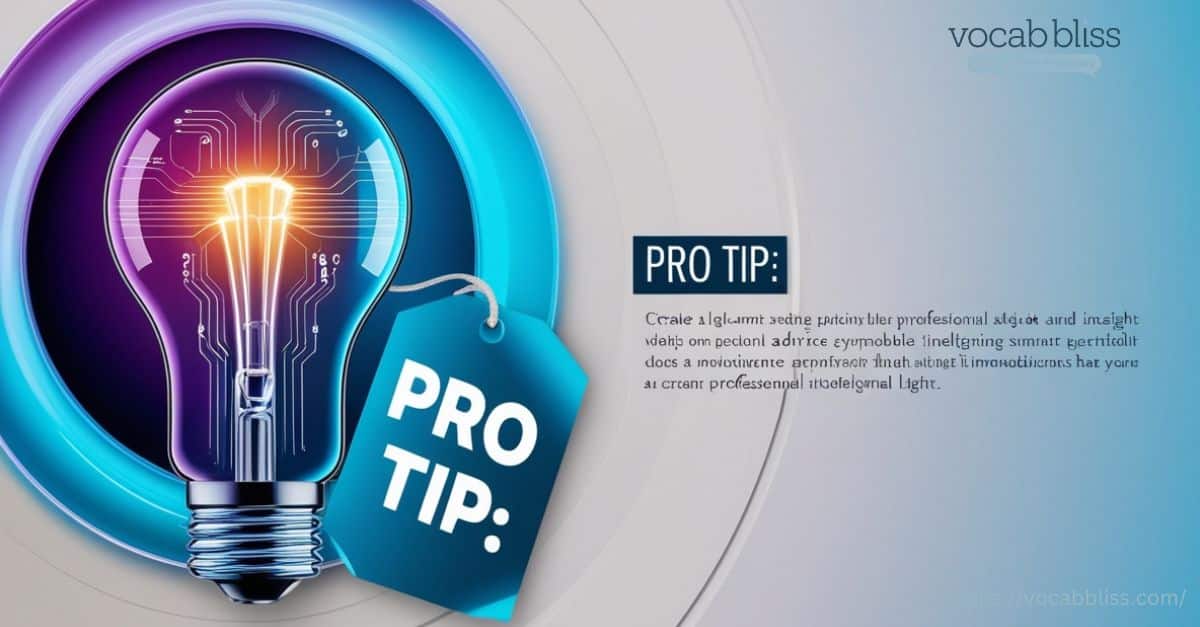
Examples of cubical vs cubicle in Everyday Sentences
To fully grasp the distinctions between “cubicle or cubical“ let’s examine how they’re used in real-life contexts. This section highlights practical examples for each word, illustrating their proper application.
Using Cubical in a Sentence
People most often use the word “cubical” in contexts related to geometry, design, or anything resembling a cube.Here are examples that demonstrate its correct usage of cubicle or cubical
- Geometry:
- “The cubical structure of the crystal allowed it to refract light symmetrically.”
- “A cubical storage container is perfect for organizing small items efficiently.”
- Architecture:
- “The cubical design of the office gave it a modern, minimalist appearance.”
- “The design team shaped each apartment in the complex into a cubical form for aesthetic consistency.”
- Abstract or Mathematical Usage:
- “They calculated the cubical volume of the reservoir to ensure accurate capacity measurements.”
- “Her research focused on the cubical arrangement of atoms in metallic compounds.”
- Design and Art:
- “The sculpture had a cubical base, giving it a stable and balanced look.”
These examples underline how “cubical” relates to shapes, dimensions, and properties resembling a cube.
Using Cubicle in a Sentence
People frequently associate the term “cubicle” with workspaces or small enclosed areas. Below are examples that reflect its proper usage:
- Workplace Scenarios:
- “Managers assigned each employee a cubicle with soundproof walls for better focus.”
- “The manager walked through the rows of cubicles to check on the team’s progress.”
- “She decorated her cubicle with photos, plants, and motivational quotes.”
- Restrooms:
- “They divided the restroom into several cubicles for individual privacy.”
- “A maintenance worker was repairing the lock on the cubicle door.”
- Changing Rooms:
- “The boutique featured spacious cubicles in the fitting room area for customers to try on clothes.”
- “He waited outside the cubicle while his friend tried on the jacket.”
- Other Practical Applications:
- “The library had private cubicles for students who needed a quiet study space.”
- “She ducked into a cubicle to take an important phone call without distractions.”
Key Takeaways
By analyzing these examples:
- “Cubical”It describes shapes, forms, or objects resembling cubes. It thrives in geometric, architectural, and design contexts.
- “Cubicle” refers to small, enclosed areas, often designed for privacy or personal use, as seen in offices, restrooms, or fitting rooms.
Practical Applications of Cubical vs Cubicle
Real-World Uses of Cubical:
- Geometry and Mathematics: Describing shapes or dimensions.
- Design: Architectural projects that emphasize cube-like forms.
- Science: Referring to cubical arrangements in molecules or structures.
Real-World Uses of Cubicle:
- Office Design: Partitioned workspaces for individual employees.
- Restrooms: Private stalls or enclosures.
- Changing Rooms: Small, closed spaces for personal use.
Why Does It Matter?
Choosing between “cubical vs cubicle“ is essential for clear communication. Misusing these terms can cause confusion, especially in professional or academic settings. For example:
- Saying “a cubical office layout” instead of “a cubicle office layout” could give the impression of discussing geometric shapes instead of workspace design.
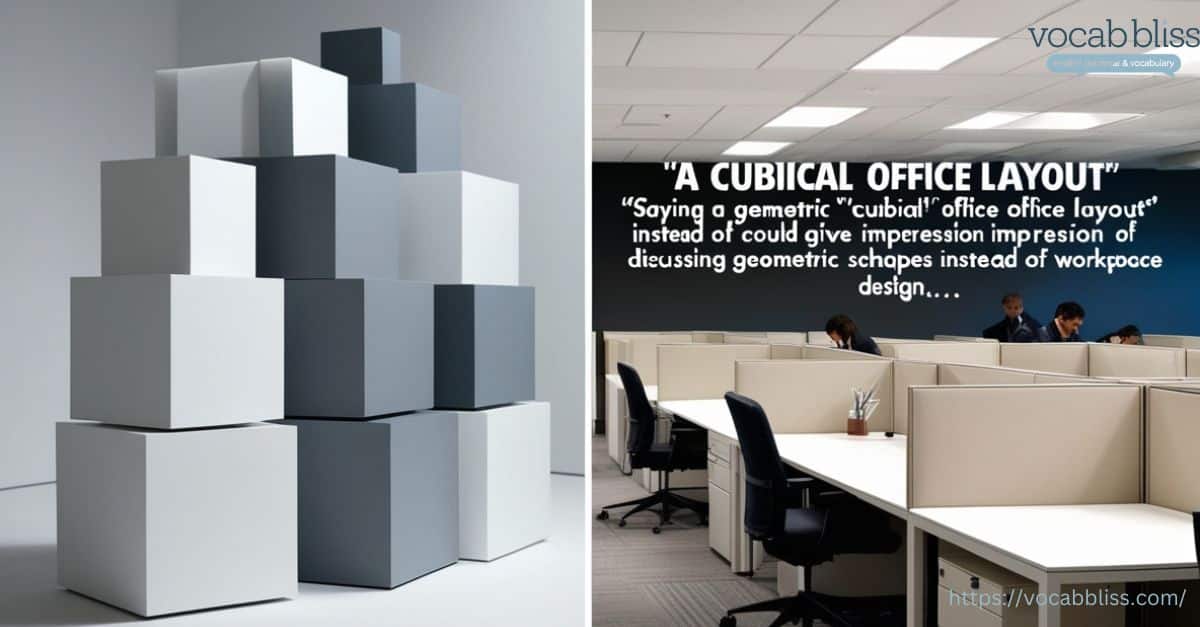
To avoid misunderstandings, always double-check the context and intended meaning.
Fun Facts About Cubicles
- Designer Robert Propst introduced the modern cubicle in 1968 as part of Herman Miller’s “Action Office” concept.
- In the UK, cubicles are often called “stalls” in restrooms.
- The word cubical, though less common in everyday speech, has been a staple in geometry and art discussions for centuries.
Conclusion
When deciding between “cubical vs cubicle“, understanding their definitions and contexts is crucial. While “cubical” describes anything cube-shaped, “cubicle” refers to small, enclosed spaces. Use this guide as a reference to ensure accuracy and clarity in your writing.
FAQs
Is it office cube or cubicle?
People typically call it a cubicle, although some use the informal term “office cube.”
What is cubical?
Cubical is an adjective describing something shaped like a cube or relating to cubes.
What does cubicle mean?
A cubicle is a small, enclosed workspace or private area often found in offices, restrooms, or changing rooms.
What is a cubicle in the UK?
In the UK, a cubicle usually refers to a stall in restrooms or changing rooms.
What do Americans call cubicles?
In the U.S., cubicle is the standard term for small, partitioned workspaces in offices.

